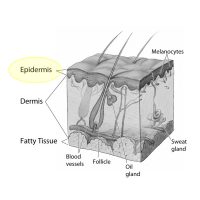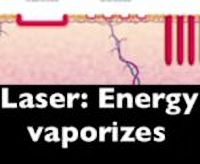
Laser resurfacing is a procedure which is aimed at rejuvenating the face. It works by evaporating the top layers, the epidermis, of your skin causing a regeneration of new skin. While it is an effective method for prompting fresher, more youthful facial glow, there is a great alternative to consider if you are seeking a younger looking face. In fact, I am using laser resurfacing less and less in favor of fat grafting for facial rejuvenation. Why? Because with laser, regeneration of the skin is prompted by destruction and that destruction can also cause fat volume loss whereas with fat grafting, regeneration of the skin is prompted by adipose stem cells which reside in the fat that is injected and there is no additional facial fat loss. Here is why some people experience facial fat loss after laser resurfacing.

